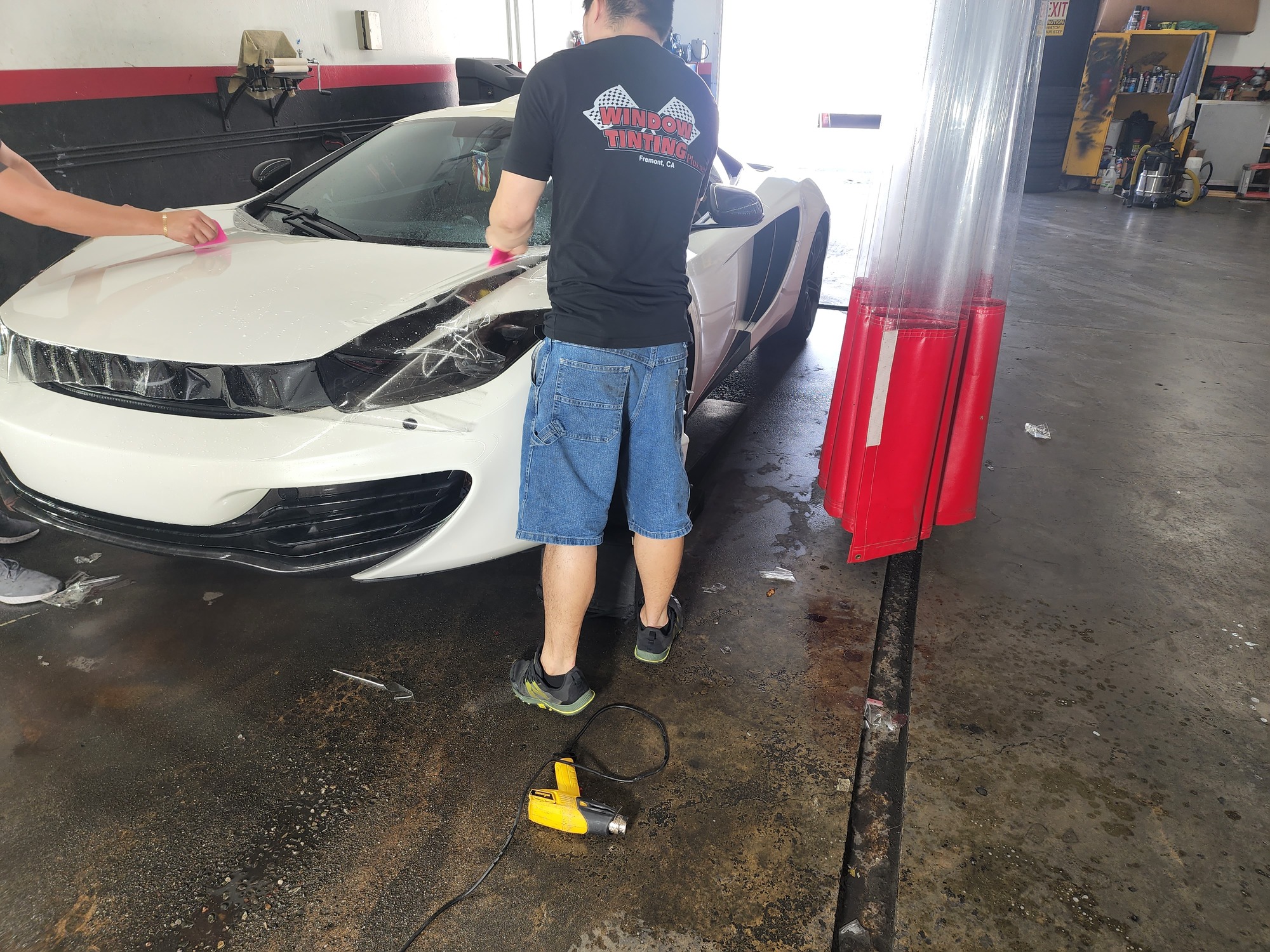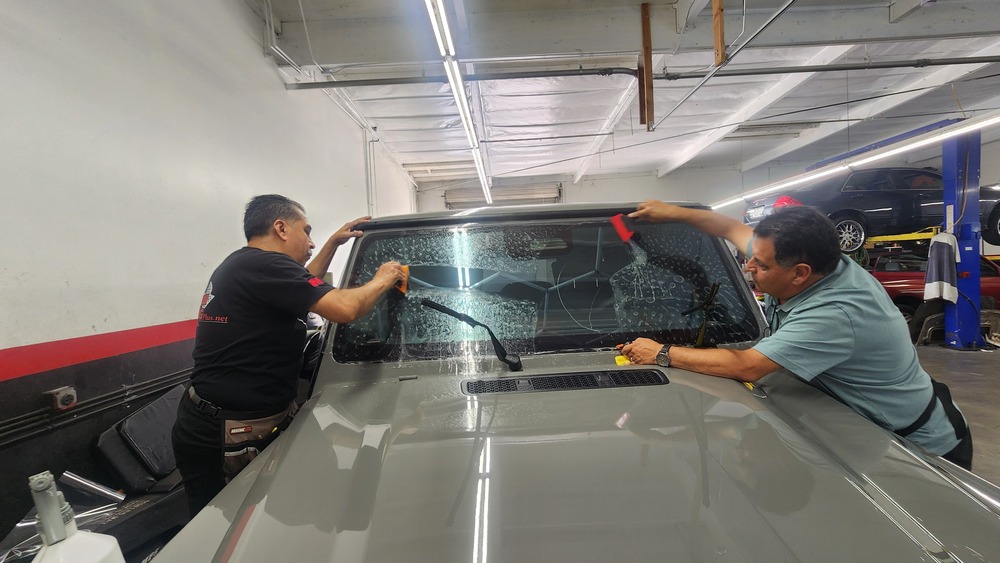Ceramic Coating vs. Paint Protection Film — What’s Best for Your Car?
.png)
The Modern Armor Debate
Across California’s freeways and coastal roads, car owners face a constant battle — heat, UV radiation, salt air, and urban dust. Protecting a car’s paint has become less about vanity and more about preservation.
Yet the question remains: should you coat it or cover it? Ceramic coatings and paint protection films (PPF) are now the two leading methods to defend your car’s finish — and while both promise protection, they serve very different purposes.
Ceramic Coating — The Invisible Shield
Ceramic coating is a liquid polymer applied by hand to the car’s exterior. Once cured, it chemically bonds to the paint, creating a glossy, hydrophobic layer that repels water, dirt, and contaminants.
What it does best:
- Enhances shine: Gives paint a deep, mirror-like gloss.
- Simplifies cleaning: Water and grime slide off easily.
- Protects from UV and chemicals: Prevents oxidation and fading.
- Long-lasting: A professional-grade coating can last 2–5 years.
Limitations:
Ceramic coatings are not impact-resistant. They won’t stop rock chips or scratches. Think of it as a “beauty armor” — perfect for cars that spend most of their time on clean roads or in garages.
Paint Protection Film — The Physical Barrier
Paint Protection Film, or PPF, is a transparent urethane layer applied directly over the paint. Unlike ceramic coating, it’s thick and flexible — designed to absorb impacts from gravel, debris, and even minor scrapes.
What it does best:
- Prevents rock chips and scratches.
- Self-healing: Minor marks disappear with heat.
- UV and stain resistance: Protects paint from oxidation and chemical stains.
- Long lifespan: High-quality films last up to 10 years.
Limitations:
PPF requires professional installation and typically costs more upfront. It also covers specific panels (hood, fenders, bumpers) unless a full wrap is applied.
Climate Matters — Especially in the Bay Area
In Northern California, where microclimates shift from foggy coastlines to sun-drenched valleys, paint protection needs flexibility.
- For city drivers: Ceramic coating may be enough to handle daily dust and light exposure.
- For highway commuters or mountain travelers: PPF provides essential defense against road debris, gravel, and bug acids.
Drivers in Fremont, San José, and the Peninsula often combine both: a PPF base layer for protection topped with a ceramic coat for gloss and ease of maintenance.
Cost vs. Value
- Ceramic Coating: Starting from $800–$1,500, depending on vehicle size and grade.
- Paint Protection Film: Typically $1,500–$6,000, depending on coverage (partial vs. full).
Viewed over time, both are investments in preserving paint value — but PPF delivers physical resilience, while ceramic coating ensures beauty and easier upkeep.
The Verdict — Function Before Finish
If your car faces the open road daily, PPF is your best ally. It acts as the bodyguard your paint needs.
If you prioritize appearance and ease of cleaning, ceramic coating delivers remarkable results for less.
The smartest choice for Bay Area conditions? A hybrid approach — PPF where the impact is greatest, ceramic everywhere else. It’s a balance between science, style, and practicality.
Suggested Internal Links:
- Window Tinting: Luxury or Necessity in California’s Sun?
- 5 Signs It’s Time to Replace Your Old Tint
- Paint Protection Film Services in Fremont, CA
.svg)


.png)

.svg)
